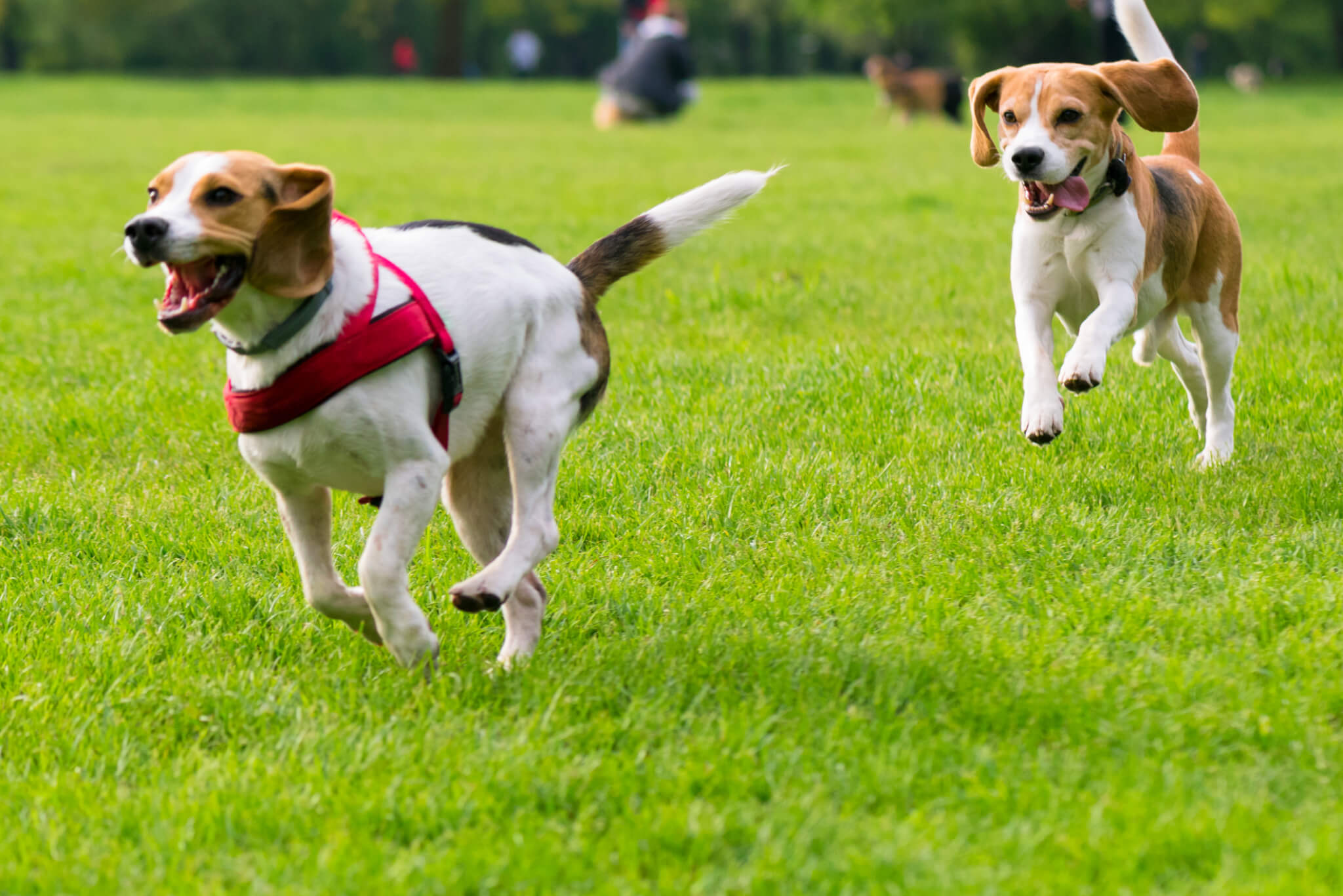Desexing

De-sexing or neutering involves removing part of a pet’s reproductive system so that they can’t have babies.
Usually we perform this procedure in mostly dogs and cats but other animals like rabbits and ferrets can also be desexed. In female animals it is called a “spey” and in males it is referred to as “castration”.
Why desex my pet?
Desexing ultimately prevents unwanted pregnancies in female cats and dogs. It helps stop unwanted attention from males and reduces the wandering instinct.
There are also health benefits associated with desexing. Desexing actually reduces the risk of cancers in males and females, as well as other life threatening conditions such as pyometra (an Infection in the uterus).
With the large number of strays and abandoned animals euthanised every year we recommend you desex your pet. Maximum benefits are achieved if desexing is done at a young age.
At West Queanbeyan Veterinary Hospital we only use state of the art anaesthetics and our vets are very experienced in performing desexing surgery - your pet will be in the safest of hands.
How long does my animal need to stay?
Desexing is a “day” procedure, and your pet will be admitted into the hospital first thing in the morning and are discharged that afternoon (see step by step process below).
In the morning
Your pet will receive a pre-surgical health check, before being admitted into the hospital by one of our veterinary team. Once admitted your pet will be settled into their cosy hospital bed, by on of our dedicated nurses, who will be on hand to care for your pet during their hospital stay. Depending on when their surgical procedure is scheduled, your pet will be administered a pre-anesthetic sedation, usually given 1hr prior to their surgery being performed. This helps prepare your pet for anesthesia, reduce unnecessary stress, and smooths their wake-up and recovery.
During surgery
General anesthesia will be induced by the veterinary surgeon, and closely monitored by both the vet and the team of experienced nursing staff. Blood pressure, breathing rate and blood oxygen levels are monitored while our surgeon carries out the operation. We continue to monitor your pet during the recovery stage and ensure they are clean, dry, warm and settled in their hospital bed.
What then?
Once your pet is awake, walking, and any pain is under control. We will call you, to advise what time your pet will be ready for pick, and how your pets surgery & recovery went-If we have any concerns about a pet’s recovery we may keep them overnight for observation – your pet’s health is our top priority.
Going home
Your pet will be discharged by their anaesthetic nurse, who monitored your pet during surgery. They will discuss your pets required care, during their healing process, and you will receive comprehensive post-surgery care instructions, to take home.
